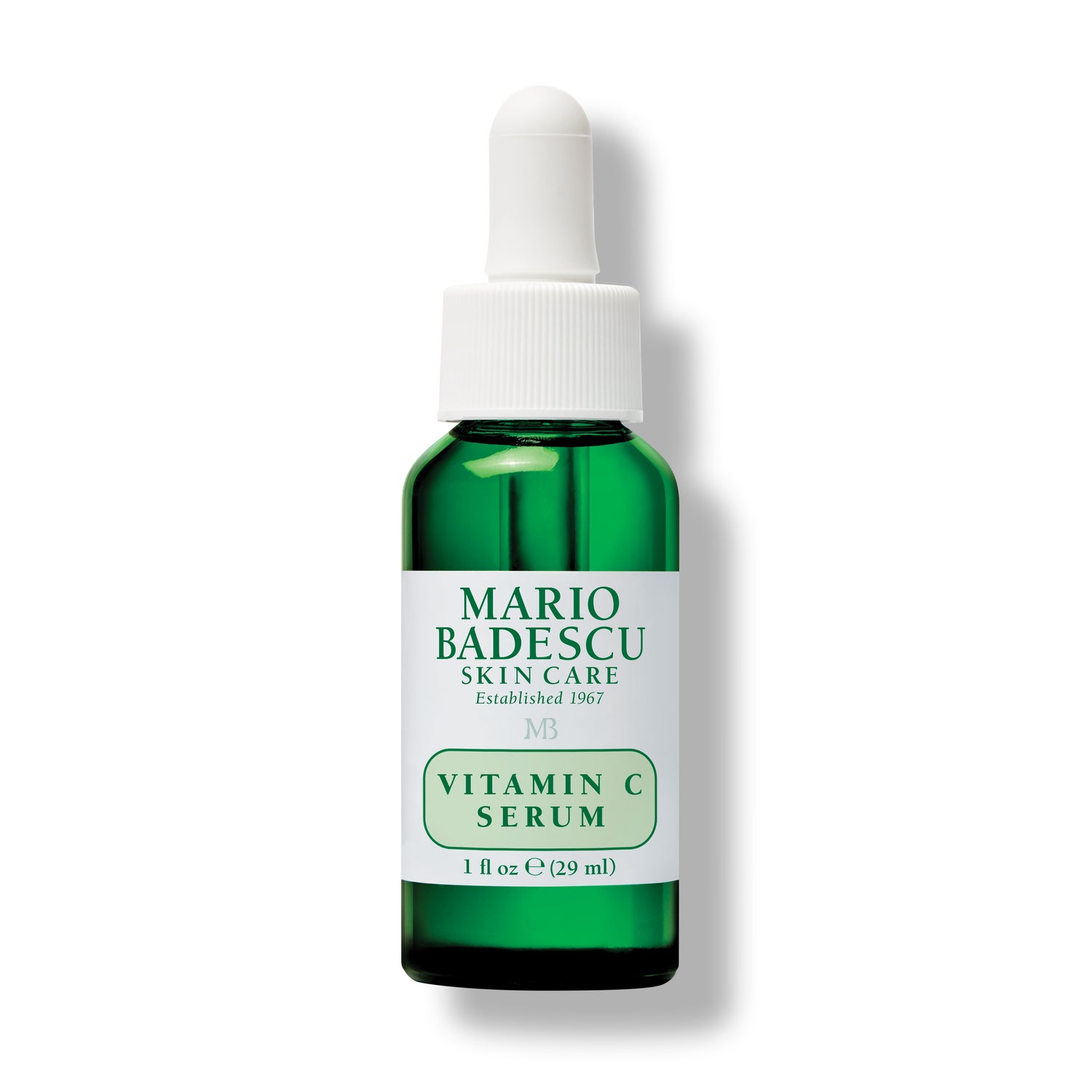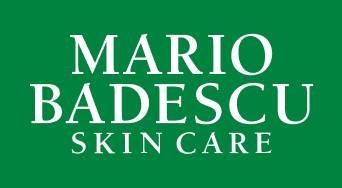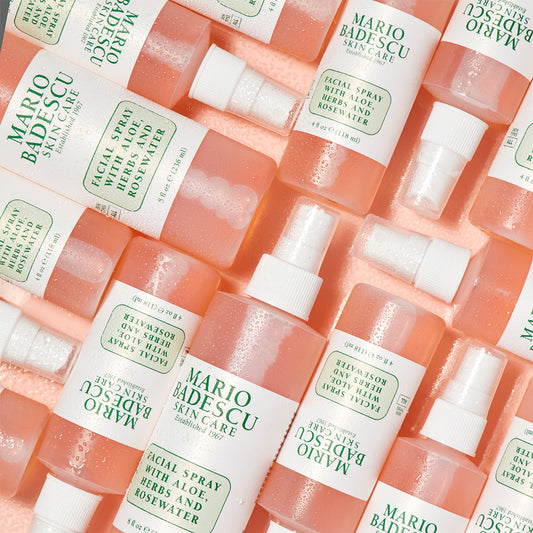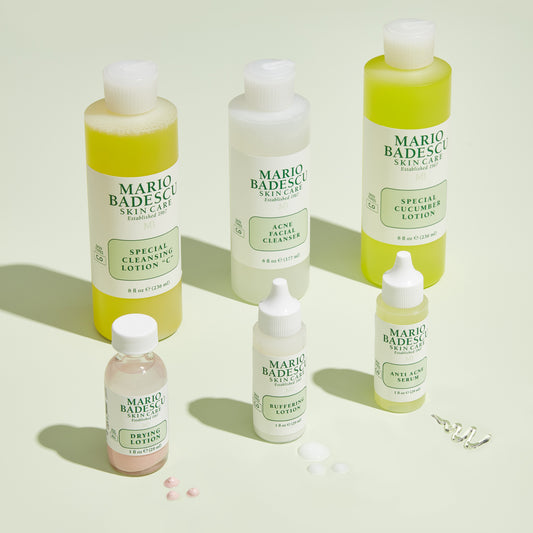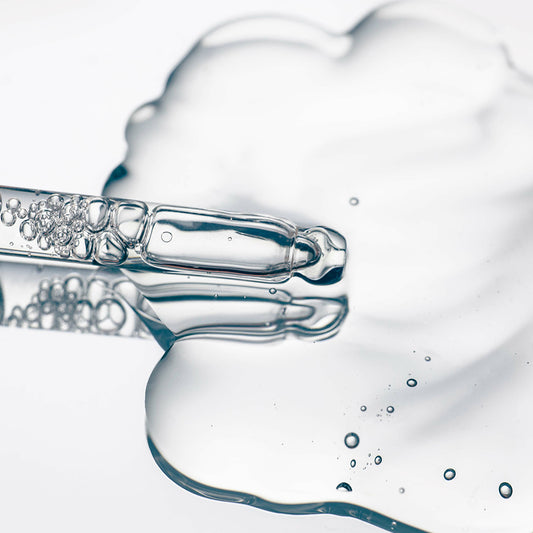Hyperpigmentation is a condition characterized by the darkening of the skin. It is caused by the overproduction of melanin.
Three types of hyperpigmentation exist:
1. Lentigenes.
a. Freckles. Sun (age) spots appear as we get older; freckles appear in youth from overexposure.
b. Solar Lentigenes. Better known as sun spots (but also as age or liver spots), these small, darkened spots of skin are the result of sun damage over time. Sun spots are commonly found on the face, hands, and chest.
2. Melasma. Also commonly known as the “pregnancy mask,” melasma is caused by a combination of hormonal changes – from pregnancy, use of birth control pills, hormone replacement therapy, or thyroid dysfunction – coupled with sun exposure. These dark patches, found on the face and sometimes the abdomen, typically fade away once hormonal balance has been restored (for example, after pregnancy).
3. Post-Inflammatory Hyperpigmentation (PIH). As its name suggest, PIH is the result of minor skin injuries from acne lesions, burns, cuts, or psoriasis. PIH naturally fades as the skin heals and regenerates itself – it’s a gradual process that last can anywhere from a few months to a year. The good news is that it’s the easiest type of hyperpigmentation to treat.
Why It Happens:
- Genetics. Hyperpigmentation can affect anyone, but there are some individuals who are predisposed to this condition. Those of Asian, African, Latin, and Mediterranean descent are more likely to experience some form of hyperpigmentation.
- Age. It’s important to understand that hyperpigmentation is not an inevitable outcome of intrinsic aging (the natural aging process). It’s the result of extrinsic aging (aging of the skin caused by external factors) – meaning it’s definitely preventable. Prolonged exposure to sun will trigger excess melanin production and cause hyperpigmentation to become incredibly common in middle-aged (and older) individuals. Melanin distribution becomes less controlled and more irregular, leading to uneven skin tone.
- Overexposure to sun. UV rays actually trigger melanin production. Sun damage is the number one cause of hyperpigmentation.
- Hormonal changes. This factor makes it more prevalent in women than men, as hormonally-triggered hyperpigmentation results from pregnancy and birth control side effects.
- Minor skin injuries. Burns, cuts, post-acne lesions, scratches, etc. may lead to discoloration as the skin begins its healing process.
- Medication. Be sure to consult your doctor about possible side effects; antibiotics, anti-seizure drugs, and hormone treatments are among some of the factors known to cause hyperpigmentation.
What to Do:
- Exfoliate regularly. Depending on your skin type, gentle scrubs and/or Alpha or Beta Hydroxy Acid based cleansers (Glycolic Acid and Salicylic Acid, respectively), are proven to be effective at sloughing off dead skin cells and helping encourage cell turnover for brighter, newer, pigment-free skin.
- Consider Glycolic (or other chemical) peels. Think of these AHA peels as a step up from your AHA-based cleanser. These are highly concentrated and therefore incredibly effective at chemical exfoliation, and are said to be one of the best treatments for stubborn hyperpigmentation. Be sure to consult an aesthetician or dermatologist to see if you are an ideal candidate for these powerful peels.
- Know your ingredients. Look for skincare products highlighting AHAs (Glycolic Acid, fresh fruit extracts or enzymes), Kojic Acid, Mulberry Extract, and Licorice, all of which have been shown to help brighten and lighten the complexion to promote better skin tone.
How to Prevent:
- Limit sun exposure. And if you can’t avoid it, be sure you’re armed with a brimmed hat and broad spectrum sunscreen, to be reapplied as often as needed.
- Wear daily SPF protection. Not just on your face – but your neck, chest, and hands too. Two-thirds of all sun damage – which inevitably leads to the formation of age spots – is all incidental, so be sure to protect your skin whenever your step out the door (regardless of weather!).
